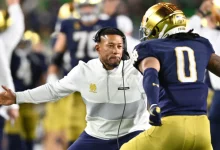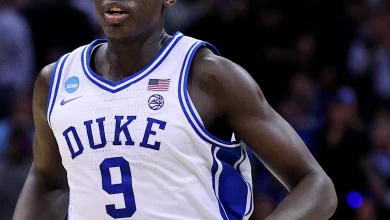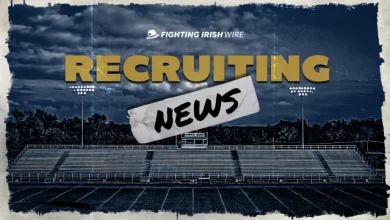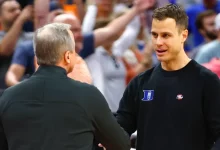Dolphins quarterback Tua Tagovailoa stated that his trust in Tyreek Hill is still developing, describing their connection as an ongoing process that continues to improve through time and practice.
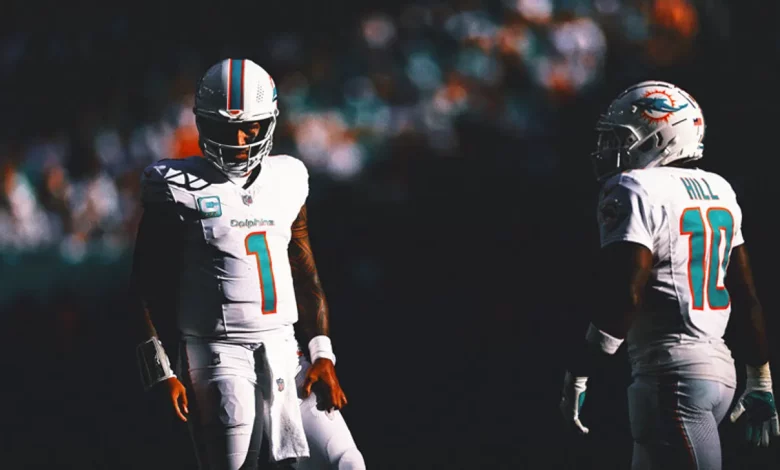
In the world of professional football, especially at the NFL level, the synergy between a quarterback and his receivers is paramount. The statement made by Dolphins quarterback Tua Tagovailoa, that his trust in star wide receiver Tyreek Hill is still a work in progress, reflects not only the natural evolution of on-field relationships but also the complexities involved in building rapport, understanding, and mutual confidence in high-pressure situations. This in-depth exploration will analyze the significance of this statement within the context of team dynamics, the nuances of developing trust, the specific relationship between Tua and Tyreek, and how these elements influence performance and success on the field.
The Foundation of Trust in Football
Trust is a cornerstone of every successful team sport, but it holds particular importance in football due to the split-second decision-making, precise timing, and mental synchronization necessary for effective execution. For a quarterback, trusting a receiver means believing that the player will be where he expects him to be, run the correct route, and catch the ball under pressure. For a receiver, trust involves believing that the quarterback will deliver the ball accurately and in a manner that maximizes the chance of a successful play.
This mutual trust is built over time through repeated interactions, practice, and game situations. It encompasses not just technical skills but also understanding each other’s tendencies, decision-making processes, and emotional resilience. Developing trust can be a gradual process, especially with new teammates or in a new offensive system, and it often involves overcoming miscommunications, adjusting to different playing styles, and establishing a shared rhythm.
The Tua- Tyreek Dynamic: A High-Profile Partnership
Tyreek Hill, known for his exceptional speed and playmaking ability, has been a crucial addition to the Dolphins’ offensive arsenal. His ability to stretch defenses and create big-play opportunities has made him a favorite target for Tua Tagovailoa. However, as with any new quarterback-receiver pairing, especially one involving a star athlete like Hill, the relationship is evolving.
Tua’s statement that his trust in Hill is “a work in progress” underscores the natural and necessary process of relationship-building at the NFL level. It suggests that while they may have already achieved notable success, there remains room for growth in their on-field chemistry. This openness reflects professionalism and a recognition that trust is not instantaneous; rather, it develops through consistent performance, communication, and shared experiences.
In the early stages of their partnership, Tua might have relied more on established reads, existing familiarity, and routine routes. Over time, as they continue to work together in practices, film study, and game situations, their understanding deepens, leading to more seamless execution and increased confidence.
The Challenges of Building Trust in a Quarterback-Receiver Relationship
Several factors influence how quickly and effectively trust develops between a quarterback and a wide receiver:
Experience and Familiarity: New teammates or those transitioning to a new system require time to learn each other’s tendencies and preferences. For Tua and Hill, their prior chemistry, whether in college or earlier NFL seasons, plays a role, but each new season or team setup demands ongoing adjustments.
Communication: Clear, consistent communication—both verbal and non-verbal—facilitates understanding. Precise route-running, recognizing coverages, and adjusting on the fly require an unspoken language built through practice.
Performance Consistency: Reliability breeds trust. When a receiver consistently makes difficult catches, runs precise routes, and shows dedication, the quarterback’s confidence in him increases.
Handling Adversity: Trust also involves how both players respond under pressure or after mistakes. Overcoming dropped balls, miscommunications, or defensive disruptions reinforces their partnership.
Shared Experience: Playing together in high-stakes situations, such as critical third-down conversions or red-zone plays, enhances trust as both players experience success and learn from setbacks.
Tua Tagovailoa’s Perspective: Patience and Growth
Tua Tagovailoa’s acknowledgment that trust is a work in progress is a mature and realistic outlook. It indicates patience and a focus on continuous improvement rather than expecting instant chemistry. This mindset is vital for team cohesion, especially in a league where defenses are sophisticated and defenses can exploit communication lapses.
His approach suggests that both he and Hill are committed to refining their connection. It also indicates an understanding that trust, like any skill, is nurtured through repetition, film review, practice, and game-time adjustments. For Tua, trusting Hill more fully might involve understanding his routes better, recognizing his tendencies against specific coverages, or simply gaining confidence in Hill’s ability to win contested catches.
The Role of Practice and Repetition
The process of building trust is heavily reliant on practice sessions, where players can simulate game scenarios repeatedly. During these sessions, quarterbacks and receivers work on timing, route precision, and understanding defensive schemes.
For Tua and Hill, regular practice, combined with game reps, allows them to develop a shared rhythm. For instance, Hill’s explosive speed and Tua’s quick release require precise timing—any misalignment can lead to incompletions or turnovers. Over time, as they hone these elements, their trust deepens, leading to more aggressive and confident play calls.
The Impact of Trust on On-Field Performance
Trust directly correlates with offensive efficiency. When a quarterback trusts his receiver, he’s more likely to throw the ball into tight windows or make anticipatory throws, which can be game-changing. Conversely, a lack of trust might result in hesitation, conservative play-calling, or missed opportunities.
In the case of Tua and Hill, trust allows Tua to throw more confidently into tight coverage, knowing Hill can make a play. Hill, trusting Tua’s decision-making and accuracy, is more willing to run complex routes or adjust his movements to create separation.
The development of this trust can lead to an uptick in big plays, sustained drives, and overall offensive stability—elements that are essential for team success.
The Broader Significance within the Dolphins’ Offensive Strategy
The Dolphins’ offensive scheme heavily relies on explosive plays, with Tyreek Hill serving as a primary deep threat. Tua’s ability to trust Hill to beat coverage and make contested catches enables the Dolphins to open up their entire playbook, creating opportunities for big gains.
Furthermore, as trust grows, offensive coordinators can call more complex routes, incorporate misdirection, and exploit defensive weaknesses more effectively. This evolution in chemistry can lead to a more dynamic, unpredictable offense that keeps defenses guessing.
The Psychological and Emotional Dimensions
Trust isn’t solely about physical execution; it also encompasses psychological and emotional components. Players need confidence not only in each other’s skills but also in their mental resilience, composure, and mutual support.
Tua’s candid acknowledgment about trust being a process demonstrates humility and a growth mindset. It also fosters an environment where open communication is valued, helping both players and coaching staff address issues proactively.
Similarly, Hill’s understanding and patience in this process can foster a stronger bond. When players openly discuss their development, it creates a culture of trust, accountability, and continuous improvement.
The Road Ahead: How Trust Will Shape the Dolphins’ Season
As the Dolphins aim for postseason success, the maturation of their quarterback-receiver relationship will be crucial. Building trust takes time, and the NFL season, with its grueling schedule and high-pressure moments, tests these bonds constantly.
If Tua continues to trust Hill more fully, and Hill responds with consistent effort and execution, the Dolphins’ offense could reach new heights. Conversely, setbacks or miscommunications could temporarily hinder their chemistry, but with ongoing work, trust can be reinforced.
The coaching staff also plays a vital role in facilitating this development through targeted practice, film review sessions, and fostering an environment where players feel comfortable sharing feedback and working through challenges.
Trust as an Ongoing Journey
In conclusion, Tua Tagovailoa’s statement that his trust in Tyreek Hill is “a work in progress” encapsulates a fundamental truth in both football and team sports: relationships, especially those built on performance and shared goals, require patience, effort, and continuous nurturing. The dynamic between a quarterback and a receiver is complex, involving technical mastery, mental synchronization, and emotional resilience. As both players invest in their connection, their trust will deepen, ultimately translating into more cohesive play, greater offensive success, and a stronger pursuit of their team’s championship aspirations.
This acknowledgment of trust as an evolving process also reflects maturity, humility, and professionalism from Tua, setting a positive tone for the team’s journey ahead. With perseverance, communication, and shared commitment, the Tua-Hill partnership has the potential to become one of the league’s most formidable and reliable duos.


